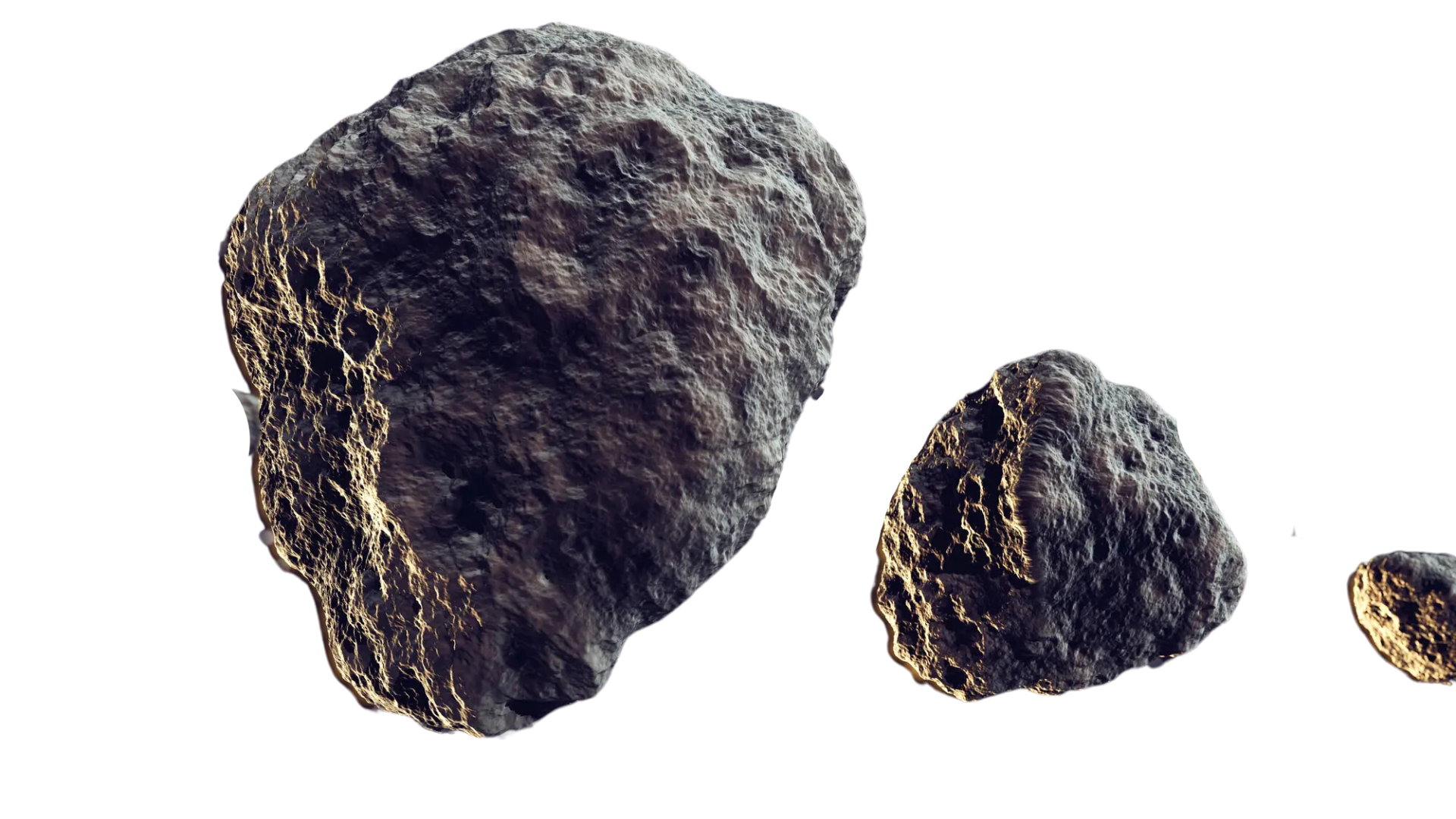
Astronomers eliminated the possibility a few years ago that the potentially dangerous asteroid Apophis will veer off course and strike Earth as it passes past.
That is a great comfort. We were not quite out of the woods, though. Thanks to the Double Asteroid Redirection Test, we now know that impacting an asteroid with an object may alter its orbital path.
Interplanetary space is full with space pebbles drifting about in it. What would happen if one of them ran into Apophis? What if it caused Apophis to veer from its present path? What would happen if the new trajectory led directly toward Earth?
You can now unwind. After projecting the orbits of over 1.3 million known asteroids in the inner Solar System, astronomers Paul Wiegert of Western University and Ben Hyatt of the University of Waterloo in Canada came to the reassuring conclusion that not a single asteroid will collide with Apophis in the near future.
“Given how closely Apophis will pass Earth, there is a possible risk that a deflection from its current trajectory may move Apophis closer to impacting us,” Hyatt stated.
“Hypothetically, another asteroid colliding with Apophis could cause such a deflection, motivating us to study this scenario however unlikely it may be.”

When Apophis was first identified in 2004, it was considered a possible threat. According to early calculations, it had a very concerning 2.7 percent probability of colliding with Earth during its approach in 2029.
That was eliminated very fast, but every eight years, Apophis’s orbit takes it close to Earth for a flyby. It was not possible to rule out the possibility in the near future until astronomers made new, accurate measurements of the asteroid’s location during its pass in 2021.
That was wonderful news. However, there’s something existentially unsettling about the possibility of an asteroid strike. It’s something we can’t really do much about, unless there’s plenty of time to prepare. Astronomers want to rule out any possibility since Apophis used to be the largest menace in that area.
Wiegert and Hyatt then began to simulate. As of right now, there is no chance of a collision. In December 2026, Apophis may travel within 10,000 kilometers (6,200 miles) of another asteroid named Xanthus. Although they won’t collide, Apophis may be struck by any unobserved debris that may be behind Xanthus.However, the models show that the chance of such is quite small.
“We calculated the paths of all known asteroids using a detailed computer simulation of our Solar System and the possibility of such an unlikely event was evaluated,” Wiegert explains. “Fortunately, no such collisions are anticipated.”
Thus, unidentified asteroids are the only thing we need to be concerned about at this point.
The preprint service arXiv hosts the pair’s study, which has been approved for publication in the Planetary Science Journal.

Hottest Hairstyles
I have learned new things from your blog post. One more thing to I have observed is that normally, FSBO sellers will reject people. Remember, they’d prefer not to ever use your expert services. But if anyone maintain a reliable, professional connection, offering guide and staying in contact for four to five weeks, you will usually be capable of win a discussion. From there, a house listing follows. Thanks a lot